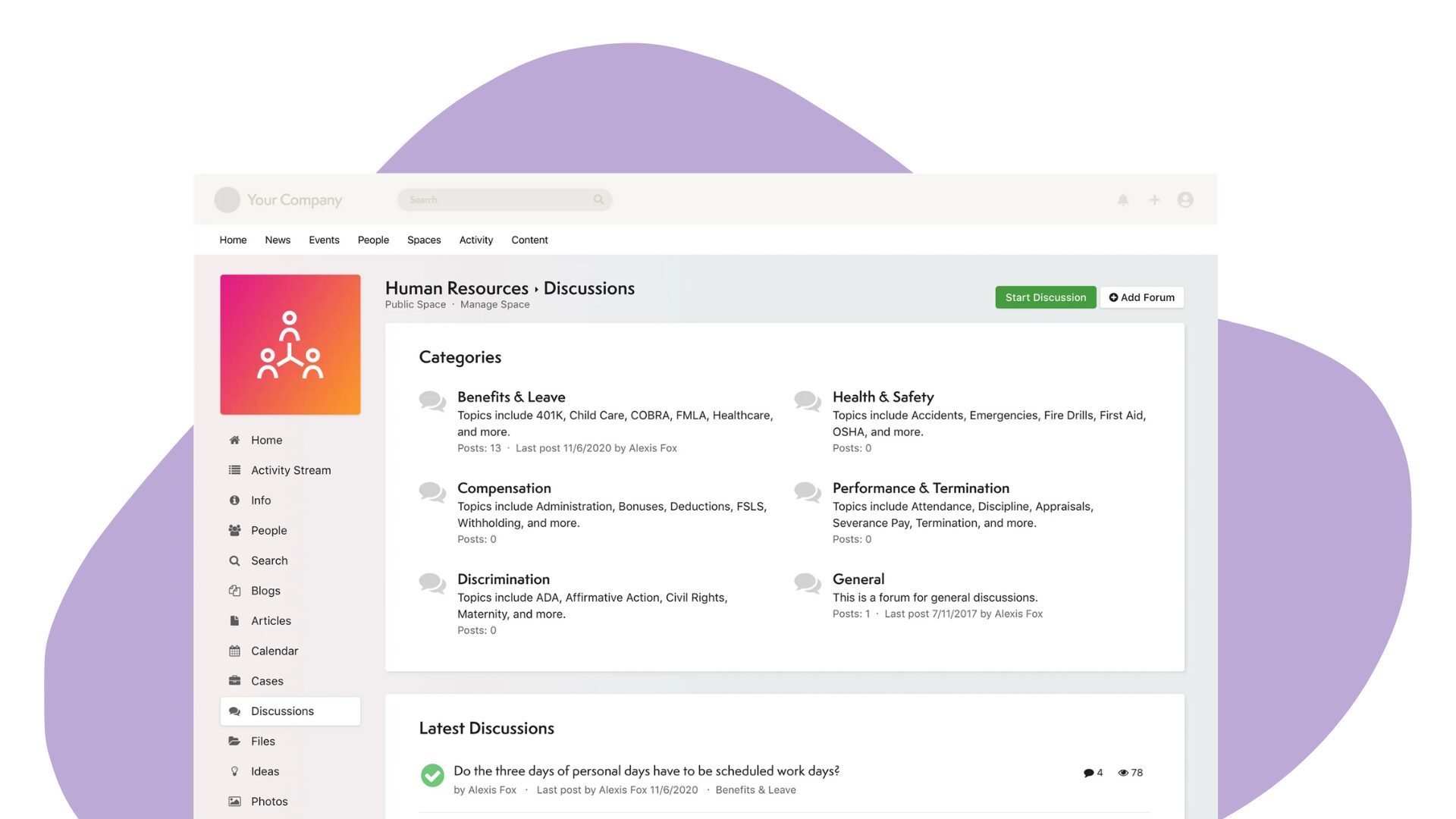Soon after social networking sites started to mushroom across the web, entrepreneurs started connecting the dots around the application for businesses and professionals. That was the birth of business networking sites. There’s Xing, Plaxo, Biznik, Konnects, Ryze and several others, but few of them ever picked up popularity in the business circles the the way LinkedIn did.
With 40 million plus users and at least 10 million plus daily active users, there is a certain charm to LinkedIn that makes it so addictive to interact on every day. You can log in, connect with others you’ve come across during your professional life, trade recommendations, send messages, and create forums, start discussions, post articles and share content. There is a lot to do and everything mimics things professionals in the real world enjoy doing. Setting up an interactive environment is bound to drive activity around a website.
Most business websites on the other hand are a bit…well… drab. Sure, you’ll find great design, a corporate look and feel, professional images and photos, but do they have the charm or ability to engage a visitor and keep him/her on the website or make them return regularly? Professionals may be impressed by great design and stunning photos, but these are not hooks to pull back a visitor daily.
Take a few lessons from LinkedIn.
Other than the basic social networking software framework and the ability to connect with other users, the LinkedIn groups are perhaps one of the most attractive features. The ability to create a group around a business or area of interest, create discussions and comment are one of the core features of LinkedIn. The more recent ability to link an RSS feed to a group and share blog posts and articles is another great way to keep users on the site as the content is more dynamic. The need to come back and check updates is created by these features. Video and photo sharing is the next step made possible by LinkedIn applications, and although this may not be the core reason people like LinkedIn, it adds to the channels of keeping people engaged.
Going back to the non-interactive corporate business websites, well, they could definately use a makeover and come across as more interactive. Social networking software platforms like Axero can easily be integrated into an existing business website and enable features like the groups, discussions, commenting, RSS, blogging and practically create that LinkedIn functionality to a business website. While the goal may not be to get to 40 million users for a business website, creating a smaller community will go a long way in keeping activity on your website and keeping visitors coming back for more.
Could your business website use a bit more charm? Soon after social networking sites started to mushroom across the web, entrepreneurs started connecting the dots around the application for businesses and professionals. That was the birth of business networking sites. There’s Xing, Plaxo, Biznik, Konnects, Ryze and several others, but few of them ever picked up popularity in the business circles the the way LinkedIn did.
With 40 million plus users and at least 10 million plus daily active users, there is a certain charm to LinkedIn that makes it so addictive to interact on every day. You can log in, connect with others you’ve come across during your professional life, trade recommendations, send messages, and create forums, start discussions, post articles and share content. There is a lot to do and everything mimics things professionals in the real world enjoy doing. Setting up an interactive environment is bound to drive activity around a website.
Most business websites on the other hand are a bit….well…. drab. Sure, you’ll find great design, a corporate look and feel, professional images and photos, but do they have the charm or ability to engage a visitor and keep him/her on the website or make them return regularly? Professionals may be impressed by great design and stunning photos, but these are not hooks to pull back a visitor daily.
Take a few lessons from LinkedIn.
Other than the basic social networking software framework and the ability to connect with other users, the LinkedIn groups are perhaps one of the most attractive features. The ability to create a group around a business or area of interest, create discussions and comment are one of the core features of LinkedIn. The more recent ability to link an RSS feed to a group and share blog posts and articles is another great way to keep users on the site as the content is more dynamic. The need to come back and check updates is created by these features. Video and photo sharing is the next step made possible by LinkedIn applications, and although this may not be the core reason people like LinkedIn, it adds to the channels of keeping people engaged.
Going back to the non-interactive corporate business websites, well, they could definately use a makeover and come across as more interactive. Social networking software platforms like Axero can easily be integrated into an existing business website and enable features like the groups, discussions, commenting, RSS, blogging and practically create that LinkedIn functionality to a business website. While the goal may not be to get to 40 million users for a business website, creating a smaller community will go a long way in keeping activity on your website and keeping visitors coming back for more.
Could your business website use a bit more charm?










 info@axerosolutions.com
info@axerosolutions.com 1-855-AXERO-55
1-855-AXERO-55


